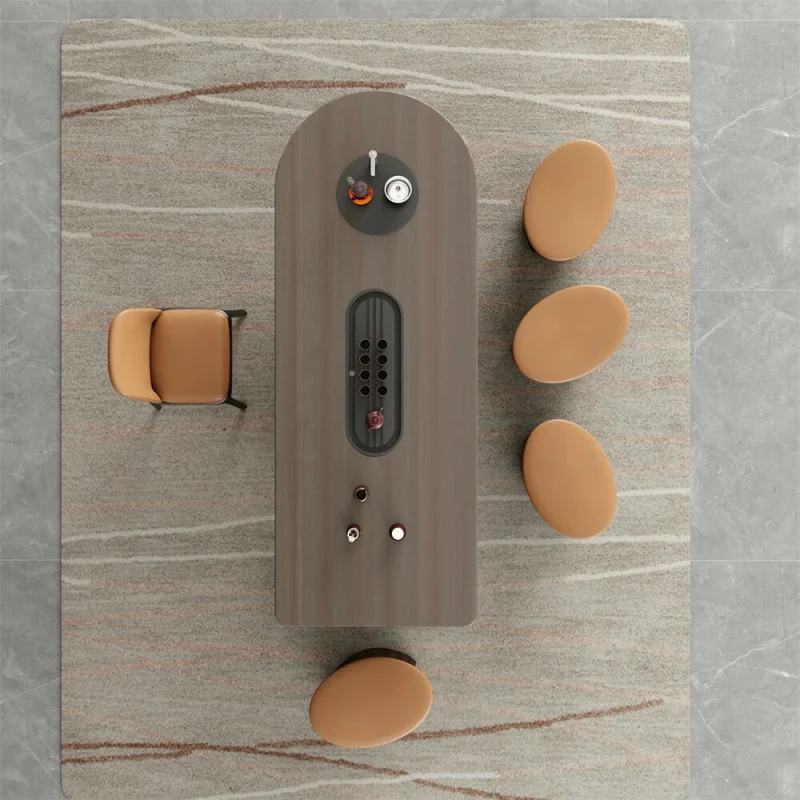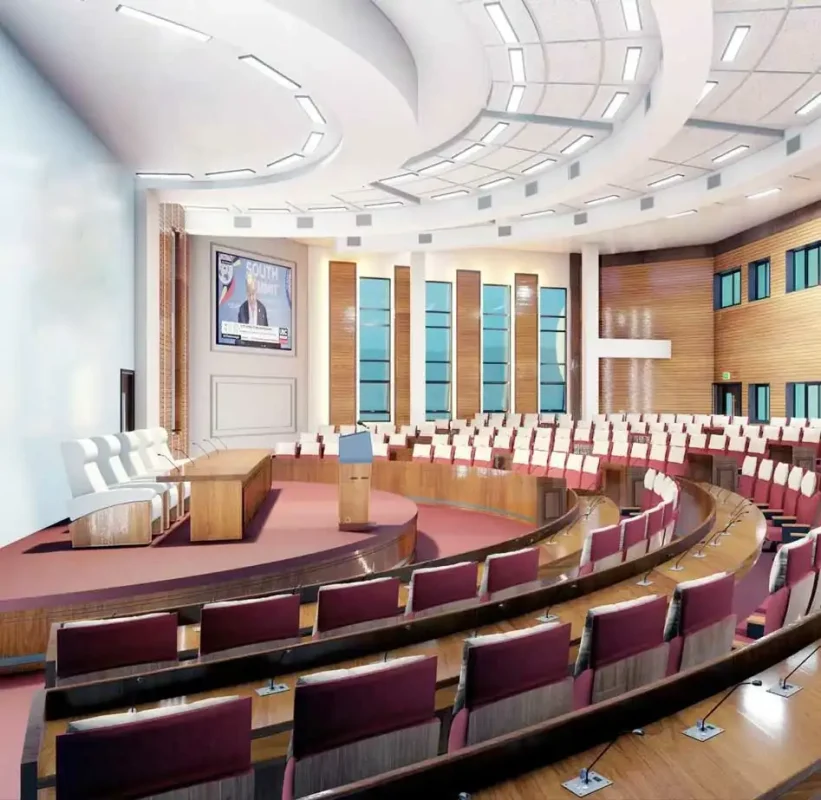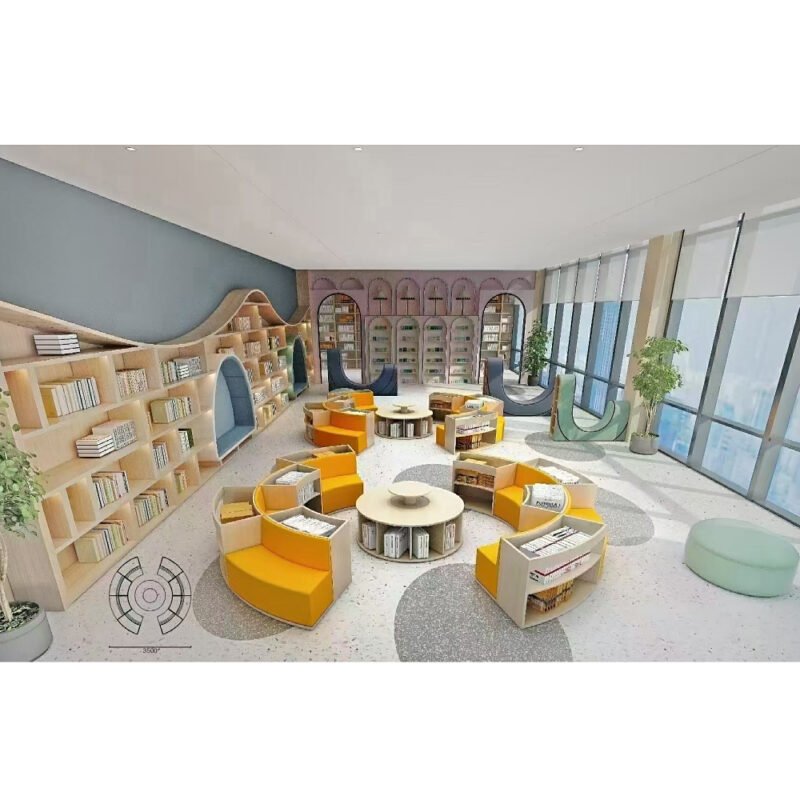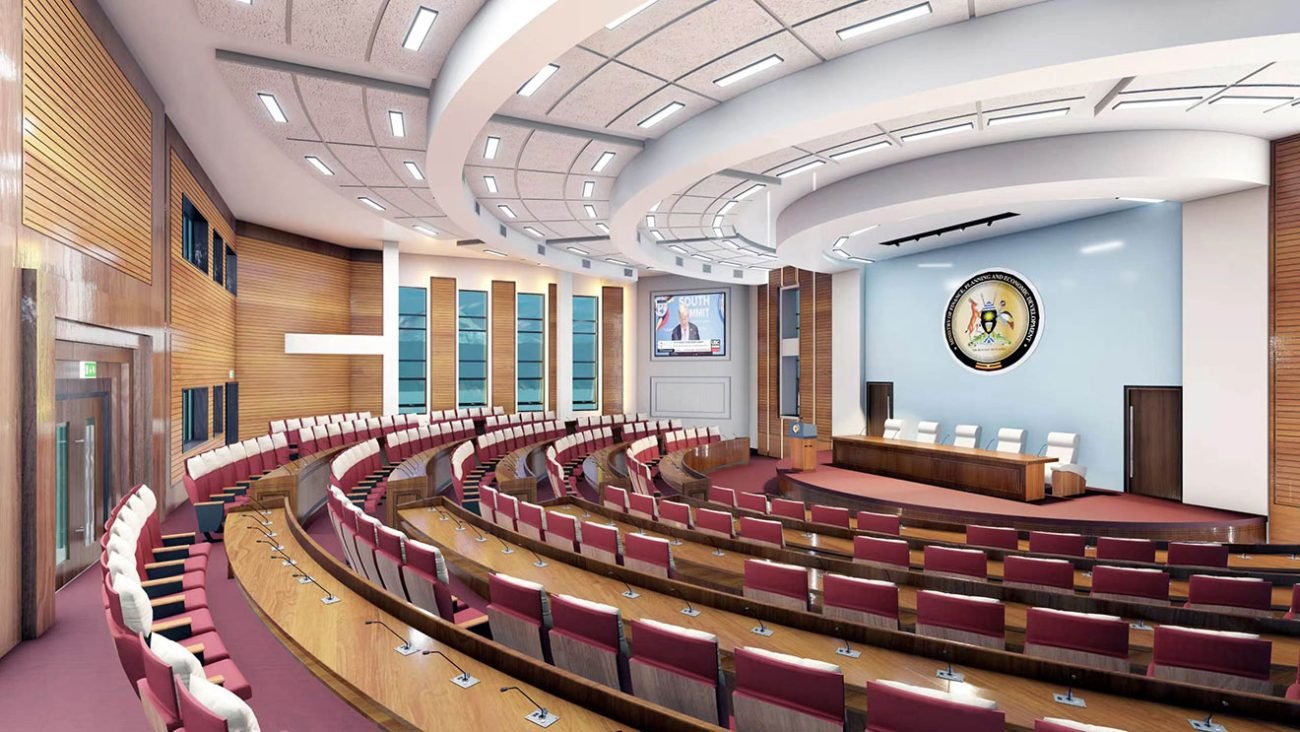Choosing the Right Materials for Durability and Style
When it comes to creating a professional image in government reception rooms, the selection of materials for sofas and coffee tables plays a crucial role in achieving both durability and aesthetic appeal. High-quality materials not only enhance the visual appeal of the space but also ensure longevity under high use. For sofas, leather and high-quality faux leather are prominent choices due to their exceptional stain resistance and overall durability. These materials can effectively withstand the rigors of daily use, making them particularly suitable for high-traffic areas like government reception rooms.
Among the options available, custom selections from suppliers such as RoyalPride offer unique advantages. Their stain-resistant PU leather, for instance, combines the sophistication of traditional leather with the practicality required for rigorous environments. This material resists wear and maintains its pristine appearance over an extended period, making it a smart investment for government furnishings.
In addition to sofas, the choice of materials for coffee tables is equally important. Solid wood tables with metal accents are a classic option that combines durability with a timeless aesthetic appeal. Wood not only brings warmth to the space but also offers a sturdy surface that can endure daily use. Alternatively, modern designs featuring glass tops can add a contemporary touch, creating an inviting and elegant atmosphere. When selecting glass-topped tables, it is essential to choose tempered glass for additional safety and durability.
Moreover, the color palette of the materials should reflect professionalism. Classic shades such as deep browns, maroons, and navy blues contribute to a dignified ambience while allowing for versatility in decoration. These colors, combined with the right materials, will enhance the overall impression of the reception room, conveying a sense of reliability and formality expected in governmental environments.

Luxury Tea Table, Business Tea Table
Design Harmony and Proportion: Achieving Aesthetic Balance
Creating a harmonious and proportionate environment in government reception rooms is pivotal in establishing an image of professionalism and elegance. The combination of sofas and coffee tables serves as a foundational element in achieving this aesthetic balance. To maximize visual appeal, it is essential to consider the overall decor style—whether traditional or modern—when selecting furniture pieces. Traditional spaces often benefit from classic finishes and rich materials, while modern settings may call for sleek lines and minimalist designs.
Proportion plays a crucial role in the selection process. It is advisable to choose furniture pieces that are appropriately sized for the available space. In smaller reception areas, loveseats paired with compact coffee tables can provide comfort without overwhelming the surroundings. This choice not only maintains the room’s spacious feel but also allows for effective flow and movement, which are important in high-traffic governmental locations.
Another critical aspect is ensuring that the height of the coffee table aligns well with the seat height of the sofa. Ideally, coffee tables should be approximately two inches lower than the sofa cushions to facilitate ease of use while enhancing overall comfort. When these proportions are adhered to, the room will exude an inviting atmosphere that encourages interaction among guests and hosts.
For those seeking unique aesthetics, customization options available from providers such as RoyalPride can enhance the distinctiveness of reception rooms. Tailoring furniture selections to specific designs not only fosters an image of professionalism but also aligns with the governmental goals of conveying authority and approachability. By integrating these design harmonies and proportions, decision-makers can create welcoming yet stately environments suitable for official receptions.
Functionality: Prioritizing Practicality in Furniture Selection
When it comes to designing government reception rooms, the functionality of furniture plays a critical role in ensuring that the space serves its intended purpose effectively. Sofas and coffee tables must not only enhance the aesthetic appeal but also provide a practical solution to the diverse needs of both officials and visitors. One of the primary considerations in sofa selection is the ergonomic design. Sofas equipped with high-density foam cushions significantly improve comfort, allowing individuals to engage in discussions or await meetings without experiencing discomfort.
Moreover, modern sofas often come with innovative features that enhance their functionality. For instance, models with hidden storage compartments offer a dual purpose, allowing for the neat organization of essential documents and materials. RoyalPride, a reputable name in furniture, specializes in creating sofas that marry style with functionality, ensuring that government reception rooms are both inviting and practical. These features align well with the fast-paced environment of government operations, where efficiency is paramount.
Similarly, coffee tables must cater to functionality, accommodating the various activities that may occur within the space. An ample surface area is crucial, as it allows for the placement of refreshments, documents, and other materials during meetings. Additionally, coffee tables that incorporate drawers or integrated power outlets further enhance usability. Such features provide a seamless experience for government officials and visitors, enabling them to charge devices or access documents without cluttering the space.
Overall, prioritizing functionality in the selection of sofas and coffee tables ensures that government reception rooms are equipped to handle a range of activities efficiently. By choosing furniture that meets these practical needs, a professional image is not only created but also maintained, reinforcing the significance of such spaces in government operations.
Incorporating Branding: Making Government Spaces Unique
In the realm of government reception areas, the selection of furniture such as sofas and coffee tables plays a pivotal role in establishing a unique and cohesive identity. A thoughtful approach to incorporating branding elements can help governmental spaces convey a sense of professionalism while reinforcing institutional values. Carefully chosen colors, textures, and designs not only enhance the aesthetics but also ensure that the representation of the department is consistent and engaging.
One effective method of branding in these settings is through the use of department logos or official colors. By integrating these visual elements into the furnishings, such as embroidering a department’s logo on cushions or selecting upholstery that reflects the official color scheme, a strong connection can be created between the governmental identity and the physical space. This method ensures that visitors quickly associate the reception area with the specific department or agency, reinforcing the organizational brand during every interaction.
Another prominent option for creating a branded atmosphere is the addition of custom engravings on coffee tables or other furniture pieces. Engraving the department’s name or slogan on tabletops not only serves as a form of identification but also creates a tangible connection with the ethos of the agency. This level of personalization not only enhances the visual impact of the furniture but also invites conversation and engagement, leaving visitors with a memorable experience.
Ultimately, the thoughtful selection of sofas and coffee tables that harmonize with branding efforts can significantly influence the initial impressions formed by visitors. By merging aesthetics with strategic brand representation, government reception rooms can convey reliability, professionalism, and commitment to the public. This deliberate alignment of design and branding not only reflects the unique identity of the government entity but also fosters a welcoming environment for all who enter.





